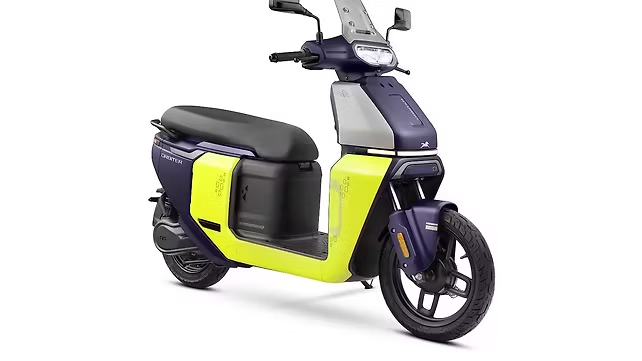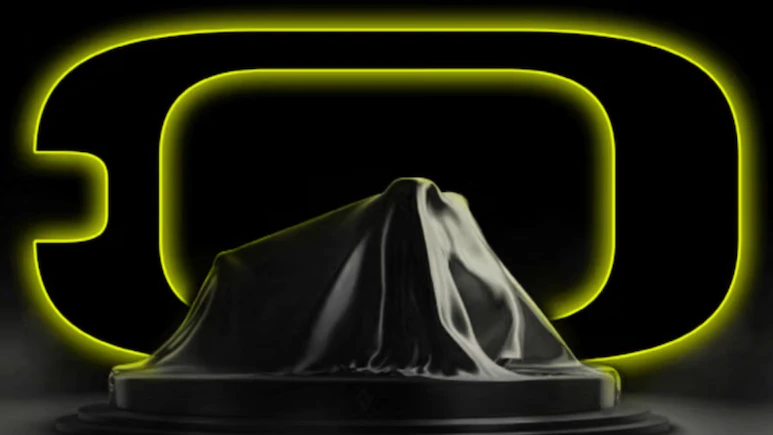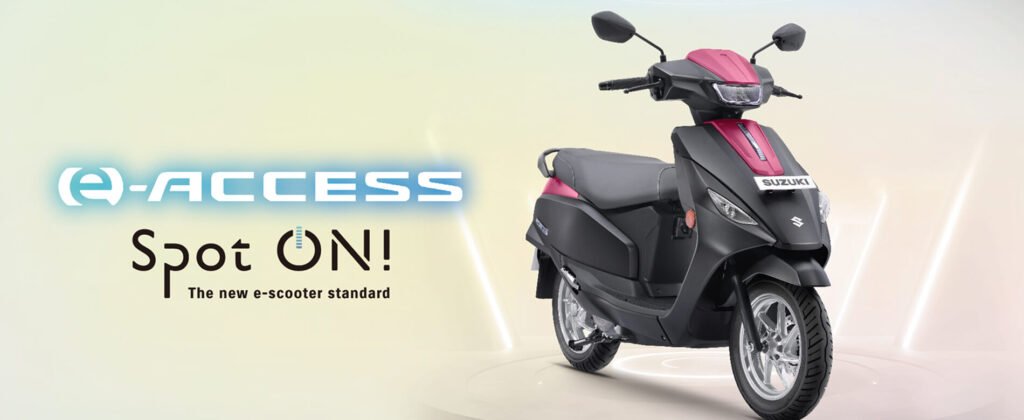We are again talking EVs today, and to come to think of it, the past few months have been EV overloads across all segments and across the number of wheels. And with the latest kid on the block, the TVS Orbiter, orbiting the EV scooter market, there has to be a spec comparison between the rivals of this quite futuristic-looking scooter. So, if you’re thinking about switching to an electric scooter in 2025, stay tuned.Today on the table, we have six EV scooters, including the TVS Orbiter, and these are direct competitors to this newbie. So let’s find out which ones they are. On today’s list, we have—apart from the TVS Orbiter—the TVS iQube 3 kW R, the Hero Vida V2 Plus, the Ola S1 X, the Bajaj Chetak 3001, and the Aether Rizta S.
Let’s start with the basics: battery capacity. In terms of battery capacity, the Hero Vida V2 Plus offers a 3.4 kWh battery. The newbie, the TVS Orbiter, comes in next along with the Aether Rizta S and the Ola S1 X with 3 kWh batteries each. With the TVS iQube and the Bajaj Chetak 3001, they offer slightly higher 3.1 kWh battery packs.The Ola S1 X dominates here with 176 km of claimed range and a top speed of 115 km/h. The TVS Orbiter also comes with an impressive 158 km of range, while the Hero Vida V2 Plus offers 142 km. The Aether Rizta S, TVS iQube, and the Bajaj Chetak hover around 123 to 127 km of range.
When it comes to top speed, Ola again takes the crown. TVS Orbiter and Aether Rizta S are right next in the 80s, while Bajaj Chetak is the slowest at just 63 km/h—which is ideal for city riders, as long hauls might get a little bit too slow and boring on this one.
Battery done, range done. Next, power output. So, are you looking for torque and power? The Ola S1 X delivers a powerful 9.5 PS. Next up, the Hero Vida V2 Plus packs in 8.5 PS and a punchy 25 Nm of torque. The TVS iQube comes in next and gives you 6 PS and 33 Nm, while the Ather Rizta S isn’t far behind with 5.8 PS. The Chetak, however, lags behind a little at 4.2 PS only. The power output of the TVS Orbiter hasn’t been officially revealed yet, so stay tuned on that.Now let’s talk about charging. The faster the better, and this issue is being thoroughly researched and innovated upon to make things as easy and accessible for all in terms of charging. The Bajaj Chetak wins here, charging from 0 to 80% in just 3 hours and 50 minutes. The iQube takes about 4 hours and 3 minutes. The Hero Vida clocks in at 4 hours and 13 minutes. The Rizta takes a bit longer at 4 hours and 12 minutes. But the Ola—a hefty 7 hours and 15 minutes. So speed and range are the plus, while the charging might be a downer. So the choice is yours.
Next is storage capacity. You see, practical storage is the most important for daily use and is becoming a factor much sought after. The reason why manufacturers are making more practical storage solutions with their design and build choices. So here, Bajaj leads with 35 L of underseat storage. The Orbiter, Rizta, and the S1 X all offer a generous 34 L. The TVS iQube offers 32 L, and Hero Vida is a bit tight with just 27 L. But there’s a special mention over here because the Ather Rizta also comes with a 22 L frunk space.
Technology is growing every day, and what is a vehicle without little tidbits of tech and features added to it? EVs offer more space for modulation and more opportunity for tech engagement. Hence, the modern electric scooters are the flag bearers of the latest technology to suit the rider’s needs and to assist the rider for enhanced comfort, accessibility, and of course, safety. Our bunch of scooters also come with their own dose of techy and flashy features that make them more lucrative.
The Aether Rizta S comes with a premium 7-inch TFT screen. It also comes with Aether Stack 6, which is an optional add-on, and built-in navigation. The TVS Orbiter offers cruise control—which is rare—and also comes with auto hill hold and SmartX Connect, being from the house of TVS. The iQube also gets SmartX Connect, OTA updates, and a 5-inch cluster. The Ola S1 X includes anti-theft and geo-fencing, and both Bajaj Chetak and Hero Vida offer multiple ride modes and Bluetooth connectivity along with other basic safety features.
Last but definitely not the least—the most important factor for any Indian to buy a vehicle: pricing. The most affordable scooter on our list is the Ola S1 X, priced at ₹94,499. The Hero Vida V2 Plus and the TVS Orbiter, both priced at just ₹99,990, come right after that. Right behind it, we have the Bajaj Chetak 3001 at ₹1,02,000. For those looking for a premium model, the TVS iQube comes at ₹1.08 lakhs, and the Aether Rizta S tops the list at ₹1.15 lakhs. Please note that all the prices are as per ex-showroom Mumbai with PM E-DRIVE subsidy applied to them.
India’s EV scooter game is getting stronger than ever, and whether you are a commuter, an office-goer, a student, or just someone trying to go green, there’s something for everyone. So let us know in the comments below which one you are leaning towards. And don’t forget to like, share, and subscribe to the Overdrive page for more spec comparisons like this. For me, I’ll see you next time.



